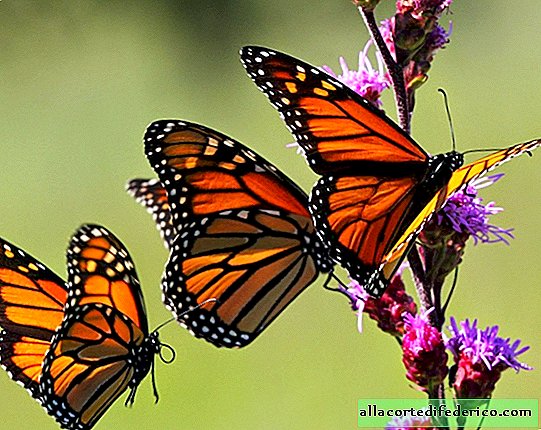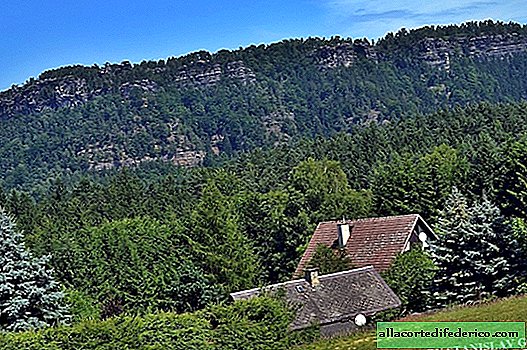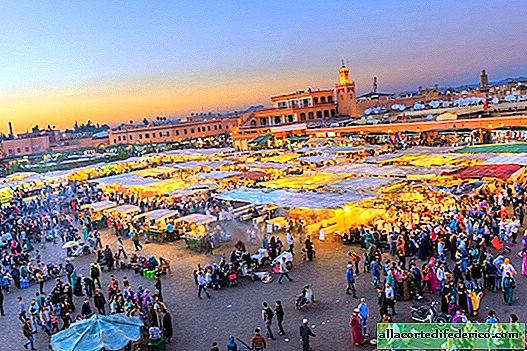Billion Butterflies in One Place on Earth: Monarch Butterfly Sanctuary in Mexico
Migrations among butterflies are not as common as among birds, however, more than 200 species of butterflies, which in one form or another are characterized by migration behavior, live on our planet. The most famous butterfly, which migrates south annually and then returns back, is the Danaida monarch, for the protection of which a reserve was even organized.

These amazing butterflies live in abundance in North and South America, but are also found in other regions of the globe. The most studied is the North American population of this species, which makes annual migrations to the south. Most butterflies of this population spend summers in the northeastern United States and southeastern Canada. With the onset of cold weather, they gather in large flocks and move south, where they winter from October to March. Most butterflies spend the winter in central Mexico, in the states of Mexico and Michoacan, a relatively small group of insects winter in California. In Mexico, during the wintering season, up to a billion individuals of the Danaida monarch gather in some years. When biologists discovered that it was this mountainous area, covered with coniferous forests, that was the winter haven of almost the entire North American population of butterflies, it was decided to organize a reserve here that would preserve a unique ecosystem. Thus arose the biosphere reserve of the monarch butterfly - the pride of Mexico.

Butterflies are located on trees and spend the whole winter here. Since this is a mountainous region, there are negative temperatures here at night, which, unfortunately, lead to the death of a certain number of butterflies. Nevertheless, most of them, having successfully survived the winter, set off on a return journey of 3-4 thousand kilometers in March.

The most incredible thing is not that they are able to cover such significant distances, but that the lifespan of these butterflies does not exceed 2 months. That is, these butterflies are not some record long-livers, capable of migrating back and forth in one generation. Butterflies flying from Mexico in the spring to the south of the United States lay eggs on the leaves of various species of quail, which feed the monarch’s danaida caterpillars. After a two-week feeding and a two-week pupal stage, a new generation of traveling butterflies appears, which again begin to breed. This process is repeated several times during the warm period, until there is a cooling. And here amazing metamorphoses begin to occur with them.

The last generation of traveling butterflies enters the reproductive stage called diabase. This condition allows them to live 6-7 months instead of the planned two months. During this time, butterflies manage to fly to the Mexican reserve, live there until spring and return back to give life to a new generation of butterflies.

But if scientists sorted out the phenomenal longevity, then the fact that newly born butterflies always know where they need to fly for breeding and wintering still raises many questions. And if experienced leaders know the ways of migration in birds, then in the case of the constantly updated generation of butterflies, this amazing orientation has been a mystery for many years. A few years ago, entomologists managed to find out that the Danaida monarch, like the birds, is guided by the sun and the magnetic field of our planet.

Similar travelers live in other regions of the planet. There are migratory butterflies in Africa, Australia, Europe, the island of Madagascar and India.

















